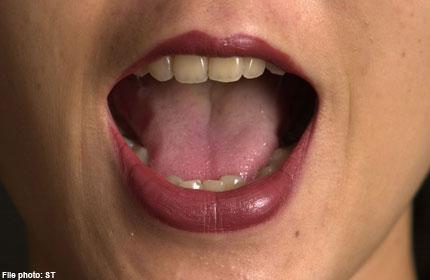There has been a step rise in HPV-linked cases of Oropharyngeal cancer and this is attributed to changing oral sex practices.
Throat or Mouth Cancer is a layman terminology for Oropharyngeal cancer. The symptoms of the disease can vary a great deal if the precipitating factor is the HPV or human papillomavirus. This was suggested in a small study.
Oropharyngeal cancer arises in the throat, soft palate, tonsils or base of the tongue. Apart from smoking, the condition can be caused by certain strains of HPV, leading to warts in the genitals, mouth and anus.
The number of HPV-linked cases has been rising, especially among white adults younger than 55. The U.S. Centres for Disease Control and Prevention estimates that every year about 8,400 Americans are diagnosed with HPV-related oropharyngeal cancer.
The team led by Dr Terry Day, senior researcher on the new study and a specialist in head and neck cancers at the Medical University of South Carolina, in Charleston analysed records for 88 patients diagnosed with oropharyngeal cancer between 2008 and 2013. 71 of them had HPV-positive cancer. In this group, the most common first symptom was a lump in the neck.
Only 18 percent of patients with HPV-negative cancer had a “mass” in the neck, compared to 50 per cent of HPV-positive patients.
The patients without HPV infection more often complained about a persistent sore throat and difficulty swallowing, compared to 28 percent of HPV-positive patients suffering from a stubborn sore throat, and only 10 percent having trouble swallowing.
However, some experts say that a lump could be a common infection that just needs a round of antibiotics, and the symptoms these study patients reported are not unique to cancer.
Larger studies are needed to confirm the results, said Maria Worsham, research director in the department of otolaryngology at Henry Ford Hospital, in Detroit.
Agencies/Canadajournal/Press Releases
 Canada Journal – News of the World Articles and videos to bring you the biggest Canadian news stories from across the country every day
Canada Journal – News of the World Articles and videos to bring you the biggest Canadian news stories from across the country every day



